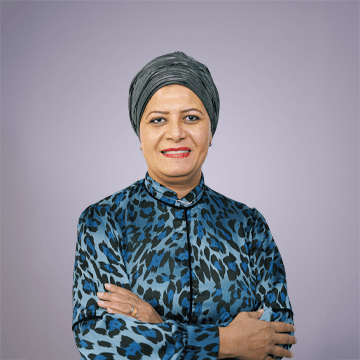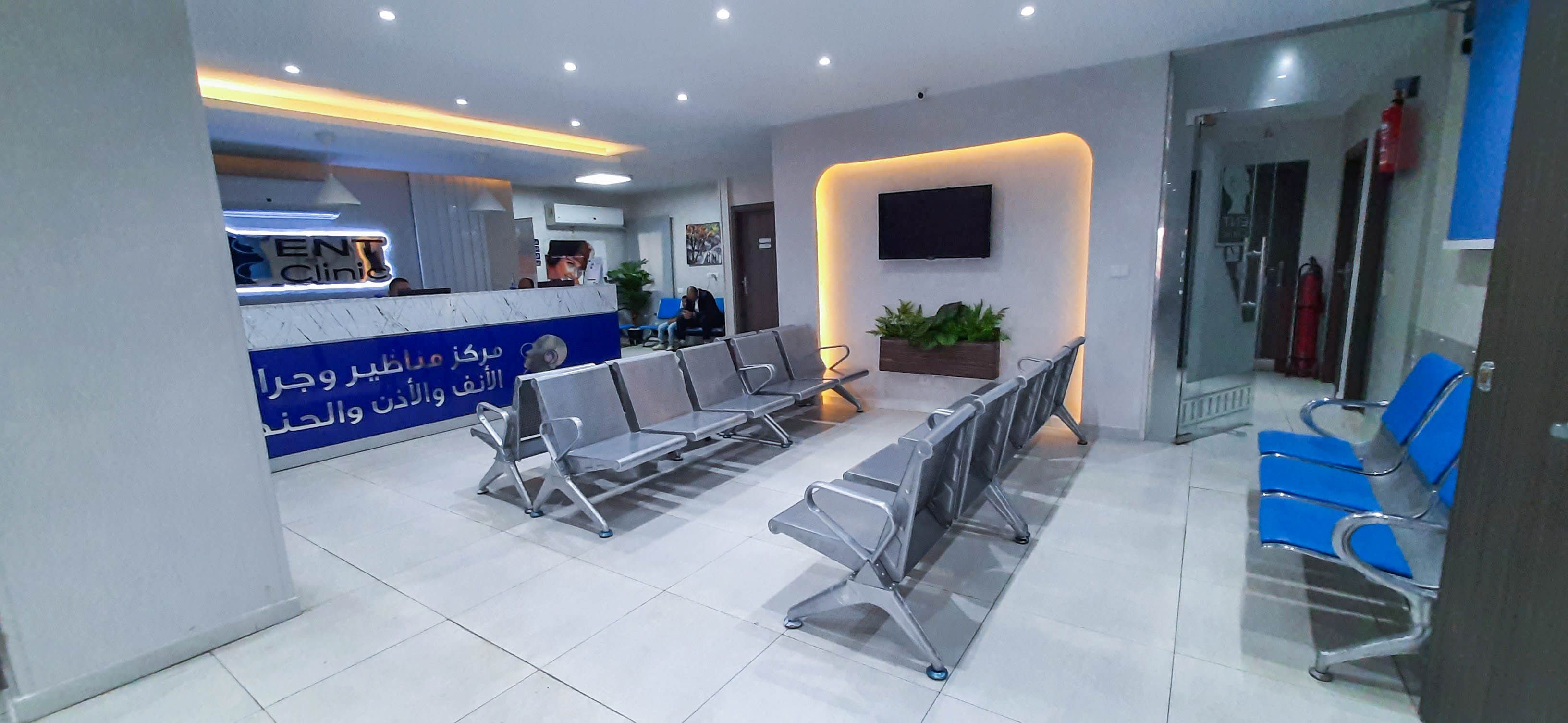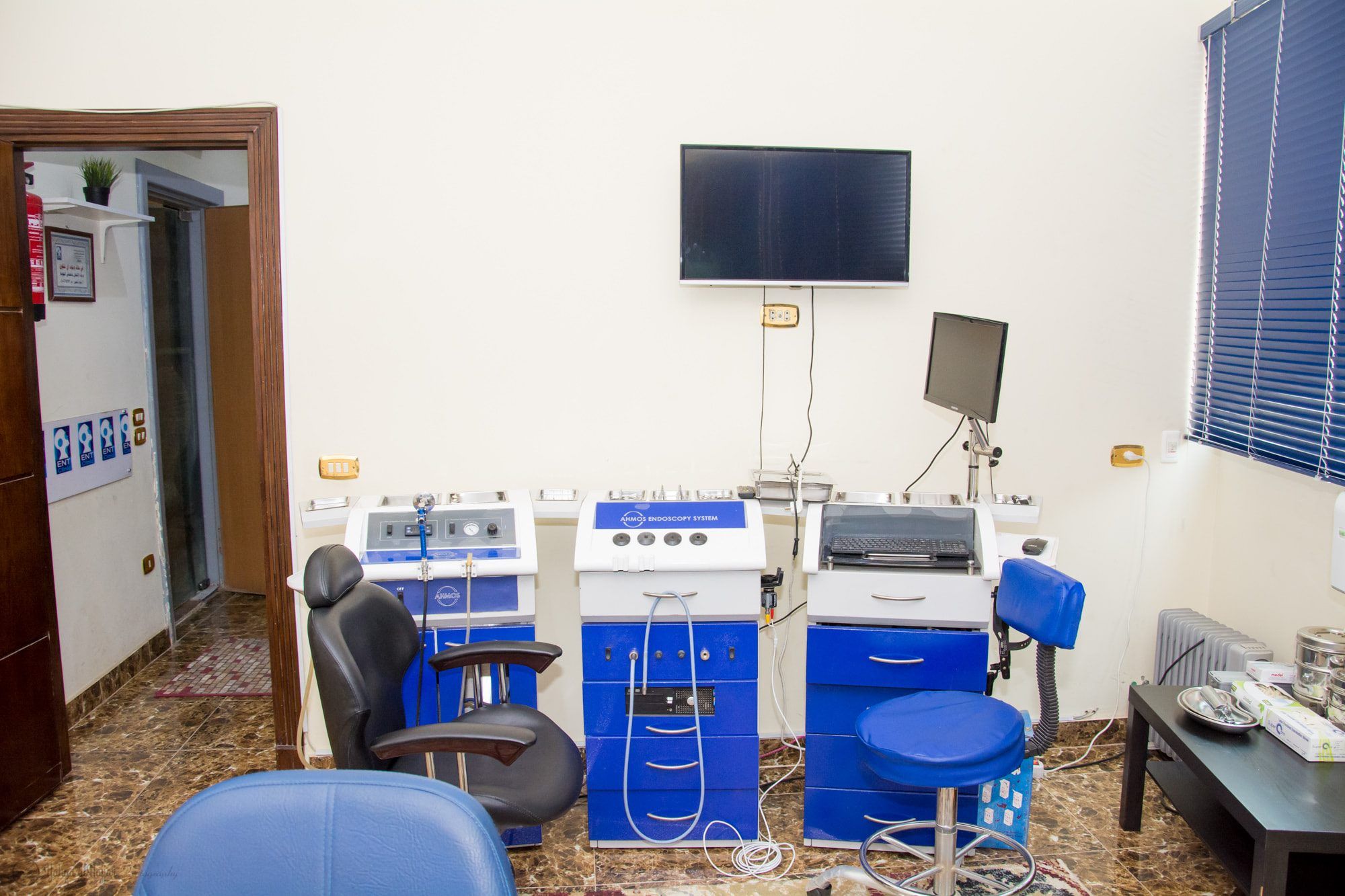Doctor Bio
Prof. Dr. Dalia Hassan is a Professor and Consultant of Audiovestibular Medicine (Hearing and Balance Disorders) at Ain Shams University. With extensive expertise in diagnosing and managing hearing loss, vertigo, tinnitus, and balance disorders in adults and children, she utilizes state-of-the-art diagnostic tools and auditory rehabilitation programs to deliver precise evaluation and optimal patient care.
Specialities
- Diagnosis of hearing loss of varying degrees and advanced hearing assessments
- Evaluation and treatment of balance disorders, dizziness (vertigo), and tinnitus
- Hearing tests for children and infants with early detection
- Auditory and speech rehabilitation, and post-cochlear implant follow-up
- Objective hearing and balance tests





